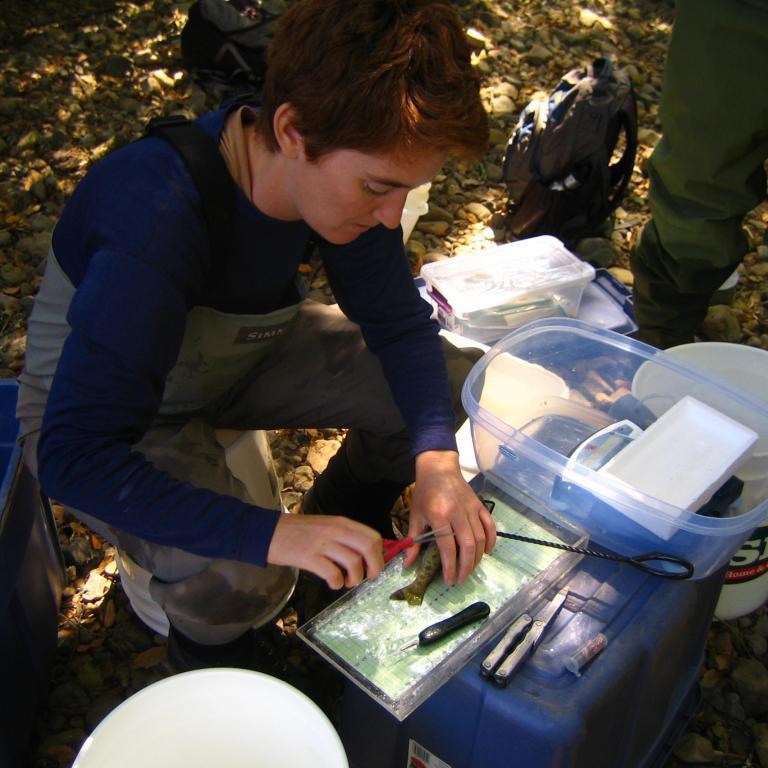Community
We study cannabis culture, politics, and economy.
Cannabis brings income to rural regions, supports urban economies and influences local culture. Historically, cannabis offered an alternative path to economic freedom for communities left out of mainstream enterprise. Regulation that serves a market-driven industry undermines these communities. Our studies investigate the effects of practices, policies and programs by engaging with the people who depend on the cannabis industry.
What we’ve learned
Science and Policy Briefs
Sorry, No posts.
Researchers
Related Publications
Coming soon...




















